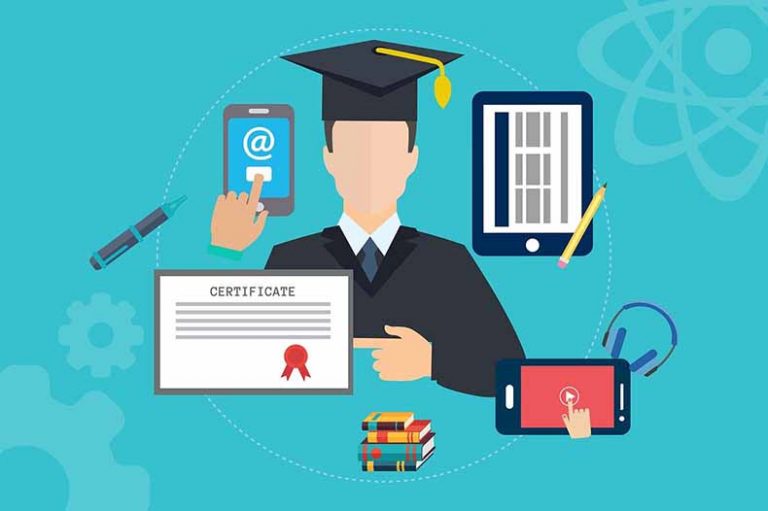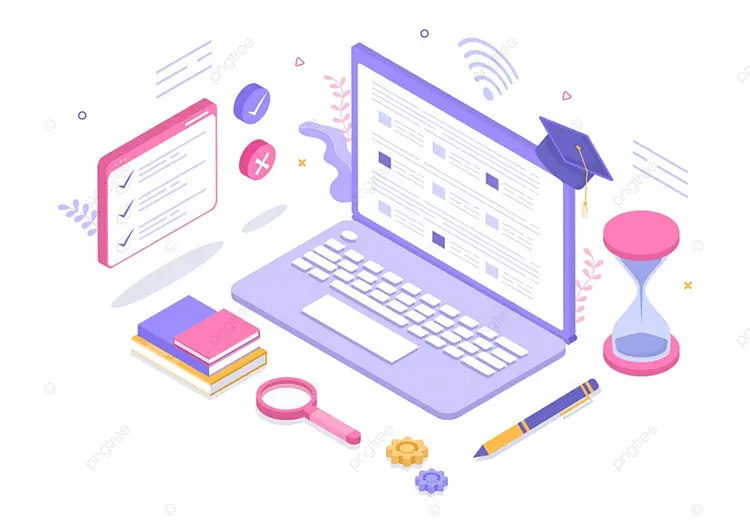Best GPT-3 Use-cases in 2021
The news about the GPT-3 language model has shaken the world of technology. Being the next version of GPT-2, it’s 100+ times more powerful than its predecessor. Extremely skillful in terms of learning and interpreting information, this new language model excites some people while scares others.
In this post, we’re going to answer the most popular questions that arise around this concept:
- What is GPT-3?
- How does it work?
- How can you use GPT-3 to benefit your business?
- What limitations does this language model have?
- How can you integrate this model into your software?
Let’s consider each of these questions one by one.
What is GPT-3 and how does it work?
GPT-3 stands for Generative Pre-trained Transformer 3. It is a language model developed by OpenAI. OpenAI was created in 2015 by Elon Musk, Sam Altman, and several other investors who agreed to invest $1 billion in the development of this laboratory. The laboratory is a non-profit organization that is aimed at studying the possibilities of artificial intelligence and looking for ways to make AI as useful for humanity as possible.
For now, GPT-3 is the most powerful language model with 175 billion parameters and extensive word datasets that help it create human-like texts. It can boast a number of impressive abilities that we’ll cover in the following sections.
As any language model, GPT-3 operation is powered by artificial intelligence and machine learning. It was trained on large text datasets such as Wikipedia Corpus, Common Crawl, WebText 2, and more.
Speaking about its operation when performing a specific task, one can divide this process into several steps:
- You give GPT-3 a task. It should be expressed in written form and contain several sentences.
- You can extend your task with an example if you want GPT-3 to handle the task with more accuracy.
- Relying on its knowledge base, your task, and examples, the language model produces a result (sometimes several results).
Now, let’s see how you can take advantage of the GPT-3 model and what benefits it can bring you.
Best uses of GPT-3 for your business
We have already mentioned that the GPT-3 language model is able to perform impressive tasks in a way that it’s sometimes impossible to believe a robot did it. Let’s see how your business can benefit from GPT-3 integration into your software. Here are the main things GPT-3 is capable of producing:
Articles
This is probably the first thing that comes to mind if we speak about the possibilities of the GPT-3 language model. Since the main source of GPT-3’s knowledge is Internet texts, it can be called the most literate modern robot.
To get a text written by GPT-3, you only need to provide it with a task and the beginning of the text. In a while, you’ll get a coherent copy (or even several copies) that is difficult to differentiate from a text written by a real person. To better understand GPT-3’s writing skills, you can check out its article posted by Guardian.
In addition to writing articles, this invention of OpenAI can handle screenplays, legal documents, poetry, CVs, and even cover letters.
Summaries
The GPT-3 language model can do more than reading and remembering a vast amount of text information. It can analyze all the data (obviously) and “retell” the main idea. Thus, GPT-3 is capable of summarizing. This function can save you time if you deal with processing large amounts of information such as numerous emails, requests, complaints, etc.
GPT-3 also can do the opposite – analyze a short text or a bulleted list and expand its content.
Presentations
You can also ask your GPT-3 AI assistant to turn a word document into a presentation. Although it may not be a great designer and fail to provide you with unique pictures for every slide, it still can divide the whole information into logical pieces and represent it in a coherent way.
Translation
This feature might not seem extraordinary since there are hundreds of online dictionaries and translators on the Internet. However, one shouldn’t forget that a unique feature of the GPT-3 language model is its ability to study. It reads and analyses terabytes of information and can study a language. Moreover, GPT-3 understands the context behind every written piece it processes. As a result, translation made by the OpenAI language model has more chances to boast higher quality than the same translation made with an average online translator.
Chat functionality
Being able to differentiate the words in different languages as well as understand their intention, GPT-3 can assist in communicating with customers. Thanks to its human-like approach, it can sound more professional than modern chatbot assistants.
Developers have already tried to build different chats using the GPT-3 AI assistant, and according to the results they got, they claim the possibilities of this language model are endless.
Programming code
The more we learn about GPT-3, the more unreal it seems, but it’s true – this program can write codes in various languages. Just as with content generation, all you need to do is to describe how you want your site to look. Once the task is ready, the GPT-3 model starts working and can deliver code in HTML, CSS, JavaScript, or even Python.
Of course, the code written by GPT-3 needs review and supervision, and can’t be turned into a full-fledged product. However, with GPT-3, it’s possible to optimize simple programming tasks. And while some people see an opportunity to use this language model as a programming assistant, others are scared of it and even feel a slight shiver.
Website design
Another super-skill the GPT-3 model possesses is its ability to generate website layout. You can simply say the design of what existing site you want to replicate and get a new website mockup. If your design doesn’t resemble any of the existing sites, you can simply describe it with words: GPT-3 will understand you and generate a site the way you want.
Music pieces
GPT-3 can learn not only texts but also music. By analyzing music pieces, it can recognize notes, understand harmony, predict rhythm, and create a unique composition. People have tried out this ability of GPT-3 to create jazz music, and according to their observations, the language model handles the task decently.
Another music-related task that GPT-3 is able to perform is writing lyrics. With an example of lyrics you want to get as an outcome, it’s possible to get another unique piece or even write hundreds of new songs with this program.
All things considered, one can conclude that the main benefits businesses can get from GPT-3 implementation are task automation and boosting productivity. However, being a relatively new technology, this language model does have some limitations that we’ll discuss in the next section.
GPT-3 language model: things to be aware of
While the uses of GPT-3 seem unbelievable and able to change the world of technology, this model isn’t perfect. Let’s see what drawbacks GPT-3 has.
- Prone to bias. OpenAI’s model lacks true intelligence and critical thinking. While reading tons of information on the Internet, it can’t analyze it in terms of tolerance and morality. As a result, it can often make sexist, racist, or simply offensive statements. There’s even research that shows its prejudice towards the Muslim culture.
- Limited input size. The GPT-3 model can only perceive the tasks that consist of no more than several sentences. As a result, it may lack some details and sometimes provide inaccurate results.
- Privacy risk. Although the GPT-3 model shouldn’t make the information it possesses a privacy issue, there’s no information if it keeps all the data safe.
Taking into account these shortcomings, one can conclude that GPT-3 model needs human supervision. However, even with the need for additional control, this model can save a lot of time when it comes to routine tasks.
How to integrate OpenAI API into your software?
If you decide to try out the possibilities of GPT-3 in your own product, you’ll have to connect the OpenAI API. As OpenAI states, the language model is still in its beta version, so you can get access to it by requesting it on the official site. You’ll have to fill in some general information about your project and the purpose of using GPT-3.
Integrating OpenAI API into your product can be beneficial for you as well as the product itself. You can try it out to improve the performance of your software, while GPT-3 creators will be able to get feedback from you on the possible ways to enhance this powerful language model.
Final thoughts
The technology world progresses every day, and the further it progresses, the more impressive abilities it can showcase. The GPT-3 language model is a great example of advanced technology development. While it has some drawbacks and inconsistencies, it has a great potential to become the number one AI assistant in numerous industries. So, if you want to try it out and integrate it into your project, there’s a way to do it.







